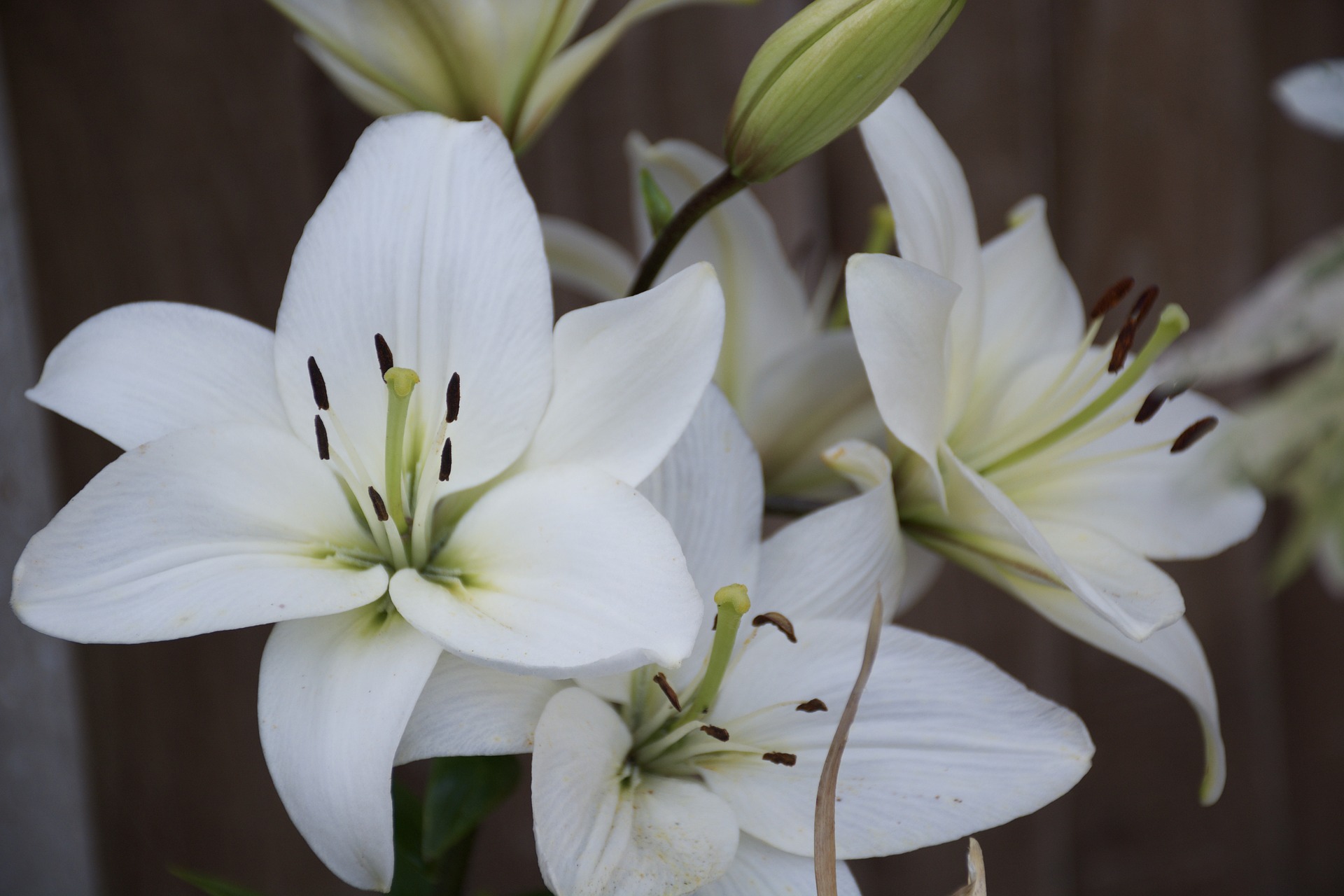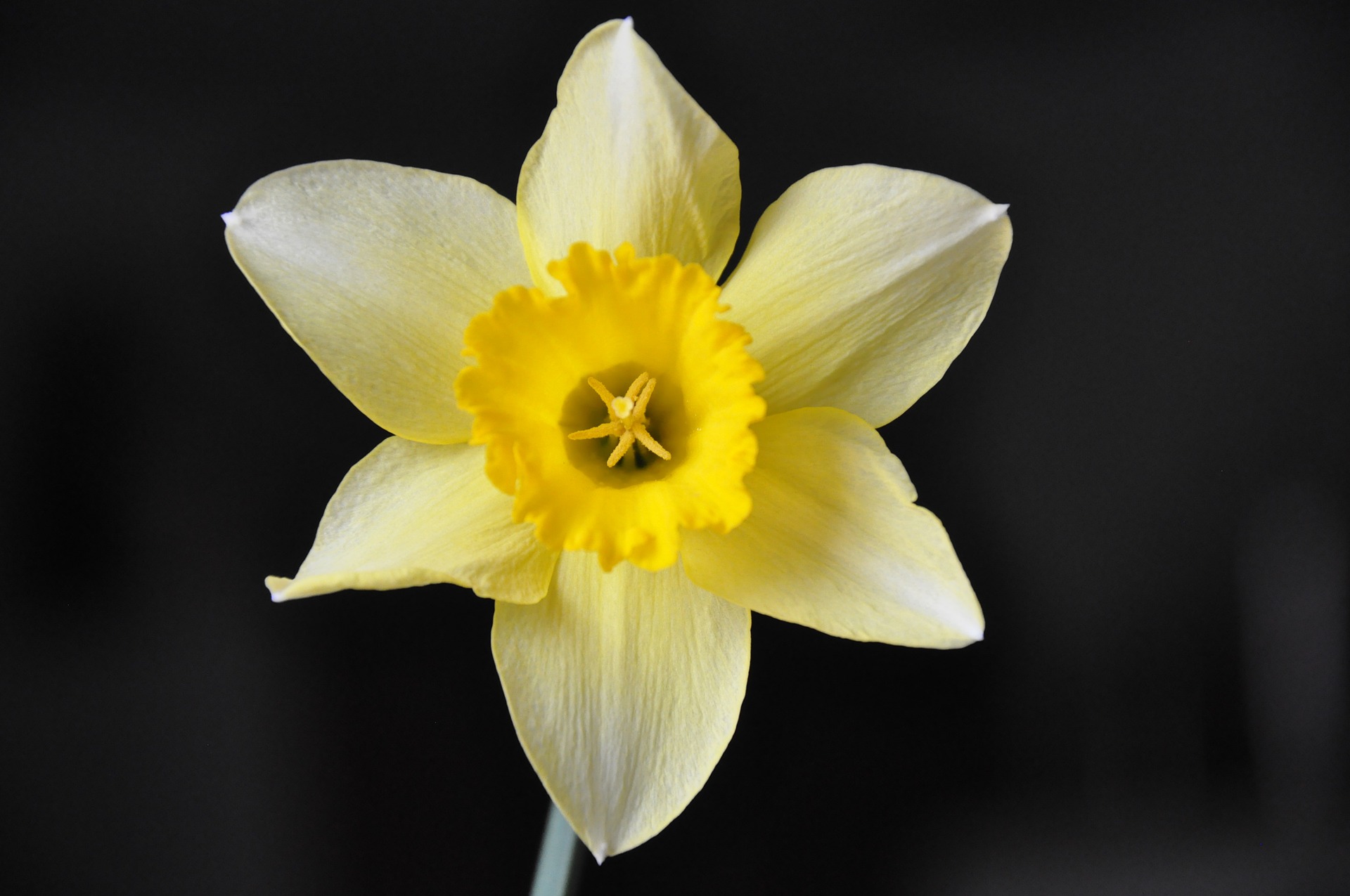Mar 31, 2015
If you don’t think flowers speak, you’d be wrong.
Well obviously flowers can’t talk like you and I. But at those times when the right words are difficult to come by, they can often express more than we can ourselves. Flowers have traditionally played an important part in helping us move through the grieving process, and assist in making a gesture of support to those who are also suffering from the pain of loss. Today, the role flowers play remains just as pivotal.
Here’s some ways we can use the language of flowers to complement a beautiful funeral service, commemorate the person who has passed, and comfort those left behind.
Flowers to Help Those Experiencing Grief
Research has shown that the presence of flowers can make a big impact on boosting our moods. If you’ve ever been presented with a surprise bunch, or taken a moment to admire a neighbor’s gorgeous garden, you’ll know the feeling. It seems like no matter who you are or where you’re from, the language of flowers is universal.
With this in mind, consider how the choice of flowers at a funeral service can influence those suffering from grief. We all understand that funerals are not an easy time to be cheerful, but by incorporating different kinds of flowers into the service, you can create a much warmer and more comfortable atmosphere for those in attendance. Flowers can also assist families and organizers to make it a more positive experience for those attending by including colors and blooms that are symbolic of the person who has passed.
Incorporating a symbolic or favorite flower into the funeral service can provide a great deal of comfort to attendees, helping them to connect with to the person who has passed. If the deceased did not have a favorite flower, it’s still possible to reflect their personality through the style, color and arrangement of flower bouquets.
The Symbolism of Funeral Flowers
Many flowers have symbolic meanings, although deciphering their language can be puzzling. In my experience I’ve found that many families are unsure about what different flowers represent too, which makes choosing the right ones even harder. Below is a list of popular funeral flowers that I often use as a guide for families, to help them choose flowers which best symbolize their loved one’s personality and spirit.
1. Lilies
Lilies symbolize purity and radiance of the soul. They’re often used to signify that the soul of the deceased is peacefully at rest. Most families love the fresh and classic feel of a lily, and their gorgeous fragrance can add another level of elegance to the service.

2. Roses
Roses are a classic option that most will find comforting and representative of love and respect for the departed. But did you know that different shades of roses have different meanings?
- White roses are associated with spirituality, innocence and new beginnings, and represent a sentiment of ‘new life’ after death.
- Red roses are widely recognized to represent love. At funerals, they’re also used to express grief and condolences.
- Yellow roses symbolize friendship.
- Deep pink roses imply thankfulness and respect for the deceased.

3. Chrysanthemums
The meaning of chrysanthemums varies depending on where you are in the world. In Asia they’re often given at baby showers, and in Australia they’re commonly given on Mother’s Day. But regardless of culture, chrysanthemums remain a common choice for funerals as an expression of sympathy and respect, and like roses can symbolize love and innocence. They’re a popular choice due to their beauty and widespread availability.

4. Carnations
Carnations are commonly used in funeral wreaths. The red variety is used to symbolize admiration, while white carnations are thought to represent devotion, purity, love and innocence. Pink carnations represent remembrance, and are often used in Christian and Catholic funerals as they are believed to have been created by the Virgin Mary.

5. Daffodils
Few flowers invoke such a sense of happiness as the humble daffodil. These flowers represent rebirth and new beginnings, and are often given to those who are grieving to try and cheer them up.

If you’d like to learn more about popular funeral flowers and their meaning, have a look at our post about how to choose flowers for a funeral service. Here you’ll also find links to other resources we’ve found helpful when organizing funeral services, and hope that they can help you too.
 Karen Laing is a funeral director currently working as part of Lady Anne Funerals, an all woman team. Delivering an exceptional service and providing a supportive experience through the grief process is her daily mission. You can read more of Karen’s peices on the Lady Anne Funerals blog.
Karen Laing is a funeral director currently working as part of Lady Anne Funerals, an all woman team. Delivering an exceptional service and providing a supportive experience through the grief process is her daily mission. You can read more of Karen’s peices on the Lady Anne Funerals blog.
About The Author
Jess Farren (Fowler)
Jess Farren (Fowler) is a Public Relations Specialist and Staff Writer who has been a part of the ASD team since 2003. Jess manages ASD’s company blog and has been published in several funeral trade magazines. She has written articles on a variety of subjects including communication, business planning, technology, marketing and funeral trends. You can contact Jess directly at Jess@myASD.com


 Karen Laing is a funeral director currently working as part of
Karen Laing is a funeral director currently working as part of 
